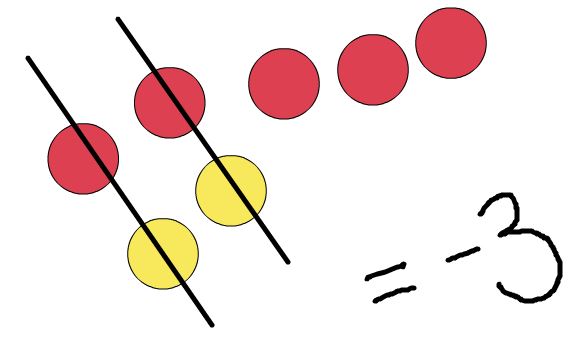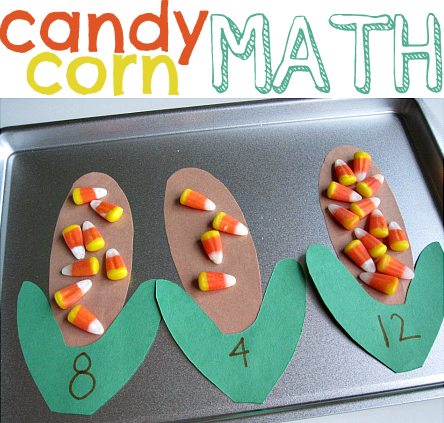Integers:
How We Use Them in The Real World
An integer can be any natural number positive or negative.
As we know, we are surrounded by integers every day in the real world. Learning
how to work with negative and positive integers will benefit students in
everyday experiences, such as, reading a thermometer in below-zero weather,
loss of football yards, along with assets and debts relating to one’s finances.
When
introducing younger students to integers, it is essential to use visual manipulative's
to represent positive and negative integers. A common manipulative used in math
classrooms are colored counters. Teachers can use a black or yellow counter to
signify positive, and a red for negative. Students will then be able to
visualize the process of adding and subtracting integers. An example of using
colored counters is shown below to represent the integer, -3.

Number-lines are another visual tool that should be used
when teaching younger students, the concept of adding and subtracting integers.
Number-line representations allow students to visualize how negative and
positive numbers are ordered on a number-line, which will be useful when
reading thermometers, and adding and subtracting negative and positive
integers.

One especially useful concept is Mail-Time Representations.
This represents integers in real-life situations, for example, when students
are interested in determining a loss, or gain in football yards, or determining
overall net worth. An example of a mail-time representation question is shown
below:
Q: At mail-time, you are delivered a bill for $50. What
happens to your net worth?
A: It goes down $50.
Q: At mail-time, you receive a check for $100, and are
delivered a bill for $40. What happened to your net worth?
A: It goes down to $60.
These mail-time representations can include hand writing
out checks and bills for the students to visualize, which will make learning
this essential concept more engaging and memorable for students in the
classroom.
The internet has an overwhelming number of resources that
can be used to engage students while learning this concept. Technology is a
great way to connect students to the concept through something their familiar
with. I have found some that are particularly appropriate for the primary
grades.
This game offers students an opportunity to practice with
gains and losses in football.
Adding, subtracting, multiplying integers. Multiple games
including aliens, bike racing, digit drop, and brain racer.
Games for reviewing positive and negative numbers.





